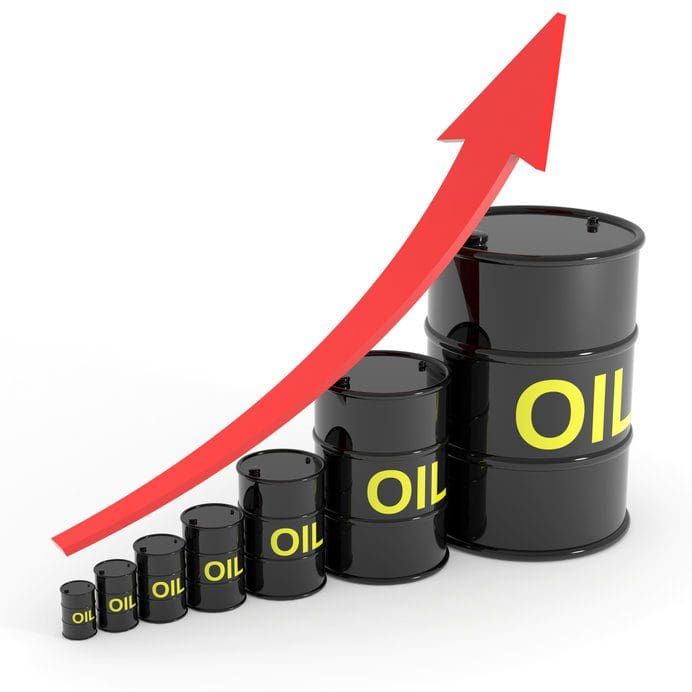The oil and natural gas industry in Texas and the U.S. ended 2021 on a positive note as drilling and production increased from declines caused by the pandemic during 2020.
“There has been a noticeable shift in sentiment in the oil market, with an increasing number of forecasts stating that demand destruction coming from the Omicron variant would not be as bad as previous variants due to the absence of widespread lockdowns,” according to Oilprice.com.
“Sure enough, cases have been climbing in key areas, but governments are reluctant to repeat 2020/2021 policies again,” Oilprice.com stated. “Oil demand remained solid in December, essentially trending on par with November levels, whilst global manufacturing activity strengthened globally amidst easing supply chain bottlenecks.”
Activity in Texas increased 25 percent in 2021 since the pandemic lows.
“A sharp increase in crude oil prices helped push the Texas Petro Index upward in October with posted WTI prices averaging $77 for the month, the highest monthly average crude oil price since October 2014… Natural gas prices are now the highest since 2010,” Petroleum Economist Karr Ingham, author of the Texas Petro Index, said.
Rig count continues a steady climb, and crude oil production in Texas is moving toward 5 million barrels per day (estimated 4.97 million b/d in October). Ingham said the record for Texas crude oil production is 5.4 million b/d in March 2020, which could be eclipsed in 2022.
“Permian production is growing faster than Texas statewide production, which is growing faster than U.S. national production… Texas share of U.S. total production is likely to grow higher than its current 43-to-44 percent in 2022,” Ingham said.
The Organization of Petroleum Exporting Countries (OPEC) and other oil producing countries, including Russia, agreed this week to approve an increase of oil production of 400,000 barrels per day.
Production will exceed demand worldwide by 1.4 million barrels a day in the first three months of the year, the group’s Joint Technical Committee stated, compared with 1.9 million in its previous assessment.
The cartel isn’t concerned about adding barrels at a time of surplus because fuel inventories are currently at low levels. Stockpiles in developed nations were 85 million barrels below their average from 2015 to 2019 as of November, according to the report.
In other news this week, the U.S. became the largest exporter of liquefied natural gas (LNG) in December as the increase in investments in LNG plants along the Gulf coast and the rise in domestic natural gas production came online in 2021. LNG exports from the U.S. are expected to grow this year as global demand continues to rise especially in Europe.
Alex Mills is the former President of the Texas Alliance of Energy Producers.
Alex Mills is the former President of the Texas Alliance of Energy Producers. The Alliance is the largest state oil and gas associations in the nation with more than 3,000 members in 305 cities and 28 states.






